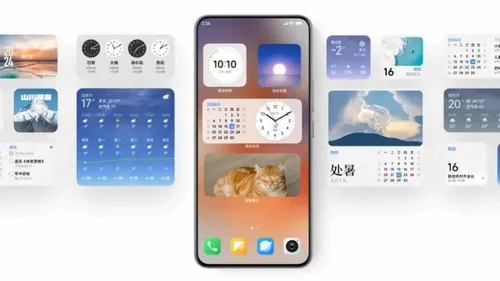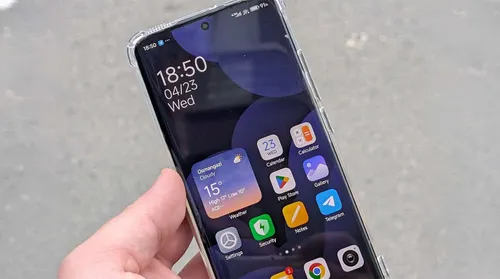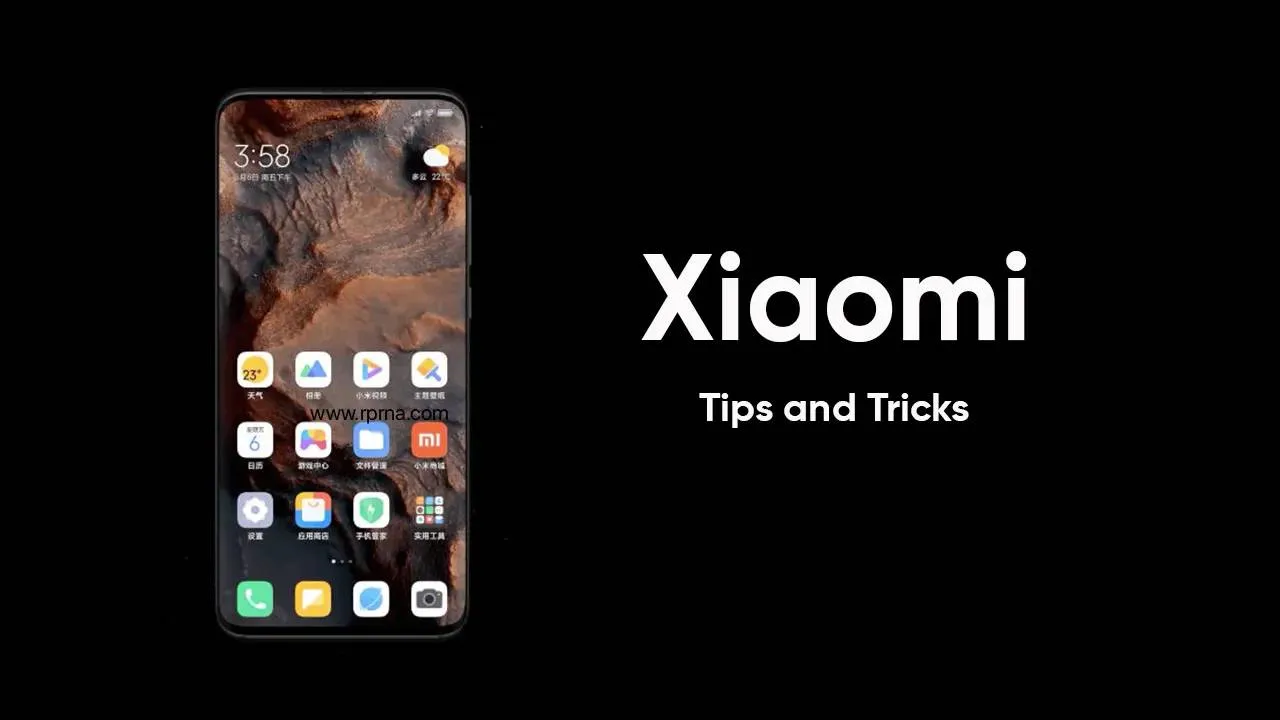
In what feels like a deliberately quiet move, Xiaomi has begun internal testing of HyperOS 2.3, its next major software update. It’s not a splashy debut. No dramatic keynotes or teaser videos. Just a set of firmware builds quietly pushed to Xiaomi 15 units in Europe and global markets. But make no mistake: this isn’t just another beta cycle.

HyperOS 2.3 marks a pivotal moment for Xiaomi’s software direction, if only because of what it chooses not to do. For now, the update is focused almost entirely on Android 16 integration. That alone is significant. Xiaomi has often leaned heavily into customization with past Android versions, layering MIUI or HyperOS with its own design language, features, and (sometimes overbearing) system apps.
Something Subtle but Big Is Happening at Xiaomi
This time, though? It’s restrained. Perhaps even cautious. The update doesn’t appear to introduce dramatic UI changes or any bold new features unique to HyperOS. Instead, Xiaomi seems to be sticking close to the core Android 16 experience—polished, efficient, and largely free of extra flair. That might sound uncharacteristic, but it reflects a shift in tone: performance and stability first, custom features later.
The company has rolled out builds to Xiaomi 15 units with regional firmware tags like WOCCNXM, WOCEUXM, and WOCMIXM, targeting China, Europe, and the international market respectively. And yes, the testing is limited. Only Android 16-eligible devices will be able to run HyperOS 2.3 when it rolls out broadly—likely in June 2025, if Xiaomi follows its typical release calendar.

Xiaomi HyperOS 2.3 with Android 16 at the Core
Limiting access to Android 16-capable hardware is both practical and strategic. It allows Xiaomi to avoid fragmentation and ensures the update performs well across supported devices. But it also draws a line in the sand: older or budget-tier models may be left behind.
So, what’s actually in the update? Android 16’s own enhancements—better privacy handling, smoother system animations, background process optimization—form the core. Xiaomi hasn’t said much publicly, but early testers report a notable improvement in responsiveness. Nothing flashy. Just cleaner, faster day-to-day performance.
Maybe that’s the point. In a year where every other brand is racing to slap “AI” on every menu and button, Xiaomi’s HyperOS 2.3 rollout feels unusually quiet. Almost... mature. Whether that strategy holds remains to be seen. But for now, it’s a refreshing change of pace.
Loading






